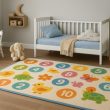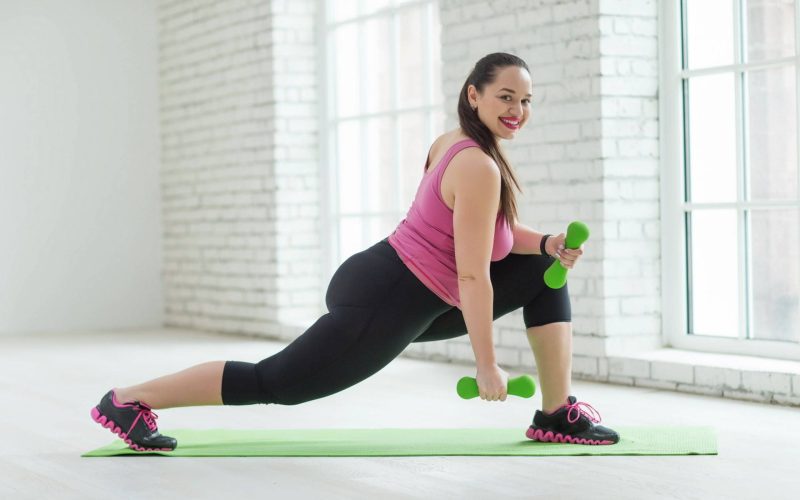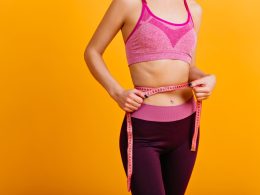In the realm of fitness, there’s a timeless adage: you don’t need fancy equipment or a gym membership to get in shape. Bodyweight exercises offer a fantastic way to build strength, improve flexibility, and boost cardiovascular health, all from the comfort of your own home. Whether you’re a fitness novice or a seasoned athlete, incorporating bodyweight workouts into your routine can yield significant results. Let’s delve into some beginner-friendly home workout ideas that will kickstart your fitness journey. Explore More About Health Problems And Their Solutions (Healthy Sleep Habits For Better Rest)
Benefits of Bodyweight Exercises
Before we dive into the workout routines, it’s essential to understand why bodyweight exercises are so effective. Here are some key benefits:
1. Convenience
One of the primary advantages of bodyweight exercises is their convenience. You don’t need any specialized equipment; all you require is your body and a small space to move around. This accessibility makes it easy to squeeze in a workout anytime, anywhere.
2. Cost-Effective
Forget expensive gym memberships or bulky equipment. With bodyweight exercises, you can achieve remarkable fitness gains without spending a dime. It’s a budget-friendly option that doesn’t compromise on results.
3. Versatility
Bodyweight exercises offer a wide range of movements that target various muscle groups. From squats and lunges to push-ups and planks, there’s no shortage of options to keep your workouts diverse and engaging.
4. Scalability
Whether you’re a beginner or an advanced athlete, bodyweight exercises can be scaled to match your fitness level. You can modify the intensity by adjusting repetitions, tempo, or incorporating variations of each exercise.
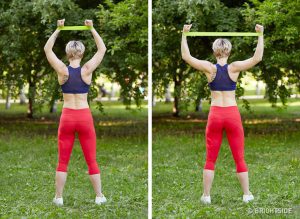
Beginner-Friendly Home Workout Routine
Now that we’ve highlighted the benefits, let’s outline a simple yet effective beginner-friendly home workout routine:
Push-Ups:
Push-ups are a classic bodyweight exercise that targets multiple muscle groups including the chest, shoulders, and triceps, making them essential for upper body strength training.
Squats:
Squats are a foundational bodyweight exercise for building lower body strength. They primarily work the quadriceps, hamstrings, and glutes, aiding in developing overall leg strength and stability.
Pull-Ups:
Pull-ups are excellent for strengthening the back, biceps, and grip. They are a challenging bodyweight exercise that can be modified to suit various fitness levels.
Planks:
Planks are a core-strengthening exercise that engages multiple muscles, including the abs, back, and shoulders. Holding a plank position helps improve overall stability and endurance.
Lunges:
Lunges are effective for targeting the legs, including the quads, hamstrings, and glutes. They also help improve balance and coordination, making them a valuable addition to any strength training routine.
Dips:
Dips primarily target the triceps, chest, and shoulders. They are a challenging bodyweight exercise that can be performed using parallel bars or a sturdy surface like a chair or bench.
Bodyweight Rows:
Bodyweight rows, also known as inverted rows or Australian pull-ups, target the muscles of the upper back, biceps, and core. They are an effective alternative to traditional pulling exercises like rows or pull-ups.
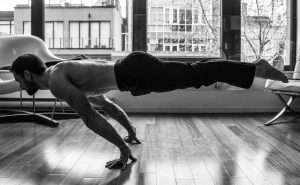
Step-Ups:
Step-ups are a unilateral leg exercise that targets each leg individually, helping to correct muscle imbalances. They primarily work the quadriceps, hamstrings, and glutes, and can be performed using a step or bench.
Mountain Climbers:
Mountain climbers are a dynamic full-body exercise that targets the core, shoulders, and legs. They also help improve cardiovascular fitness and agility, making them a versatile addition to strength training home workout ideas.
Burpees:
Burpees are a high-intensity bodyweight exercise that engages multiple muscle groups, including the chest, shoulders, arms, core, and legs. They are effective for building strength, endurance, and improving overall conditioning.
Incorporating Progression
As you become more comfortable with the basic bodyweight exercises, it’s essential to progressively overload your muscles to continue seeing results. Here are some strategies to incorporate progression into your routine:
1. Increase Repetitions
Gradually increase the number of repetitions for each exercise to challenge your muscles and endurance.
2. Add Variations
Experiment with different variations of bodyweight exercises to target specific muscle groups and keep your workouts engaging. For example, you can try wide-grip push-ups, pistol squats, or walking lunges.
3. Shorten Rest Periods
Reduce the rest periods between sets to increase the intensity of your home workout ideas and improve cardiovascular fitness.
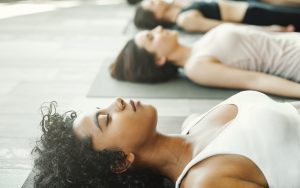
4. Introduce Equipment
While the focus is on bodyweight exercises, you can incorporate simple equipment like resistance bands or a stability ball to add variety and resistance to your workouts.
| Aspect | Bodyweight Exercises | Gym Workouts |
| Convenience | No equipment needed | Requires gym membership/equipment |
| Cost | Free | Costly |
| Versatility | Wide range of movements | Limited by available equipment |
| Scalability | Easily adaptable for all levels | May require specialized training |
| Accessibility | Anytime, anywhere | Limited to gym hours |
| Progression | Can be progressively overloaded | Can plateau without variation |
| Flexibility | Numerous variations available | Dependent on gym equipment |
Final Thoughts
Embarking on a bodyweight training journey can be both empowering and rewarding. With the right mindset and dedication, you can achieve your fitness goals without ever stepping foot in a gym. By following a structured workout routine, progressively challenging yourself, and staying consistent, you’ll build strength, improve endurance, and transform your body from the comfort of your own home.
So, what are you waiting for? Lace up your sneakers, clear some space, and let’s get started on your bodyweight basics journey today!
FAQS
Is 30 minutes of exercise a day enough for beginners?
As a general goal, aim for at least 30 minutes of moderate physical activity every day. If you want to lose weight, keep off lost weight or meet specific fitness goals, you may need to exercise more. Cutting down on sitting time is important, too.
What workout routine should I do as a beginner?
- Squats.
- Lunges.
- Push-ups.
- Pull-ups.
- Planks.
- Crunches.
- Leg raises.
How long does it take to get in shape?
For most individuals, you can expect to get back in shape within six to eight weeks of following a consistent and progressive exercise program.





